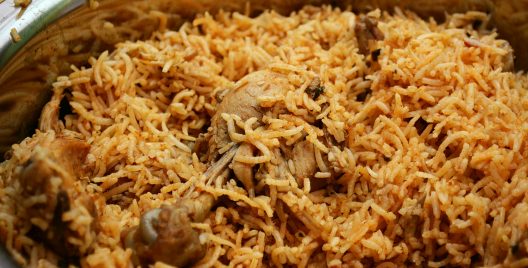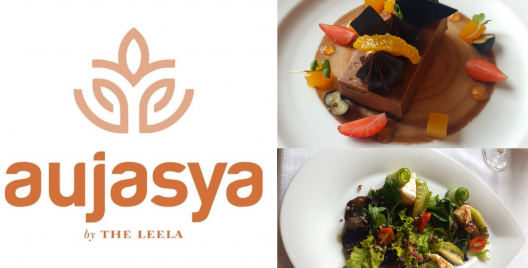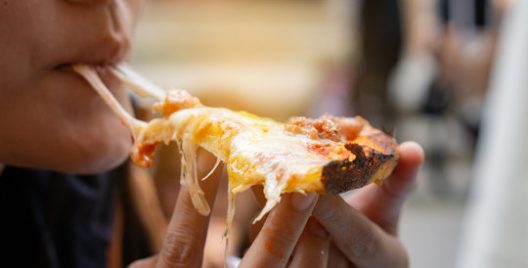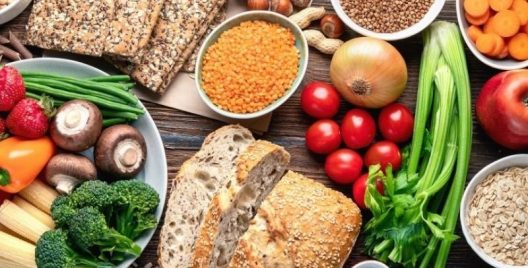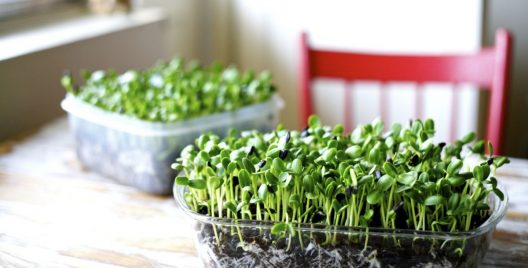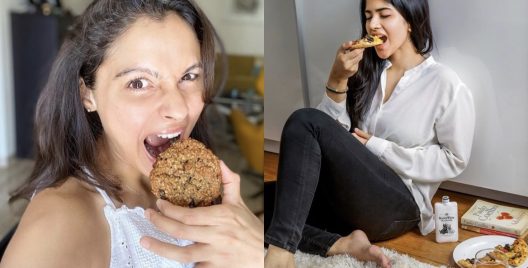When vitamin D enters the body, it is not in an active form and to use the vitamin the body needs to convert it to its active form.
Deficiencies occur when a person does not take in enough vitamin D or if their skin does not have the ability to absorb or convert the vitamin to its active form. Low vitamin D levels can lead to a range of muscles and bones related problems.
Although there are dietary sources for vitamin D it should be noted that most of our vitamin D intake comes from exposure to sunlight.
So, how do you get your daily source of required vitamin D while on lockdown?
The recommended daily value (DV) of vitamin D is 800 IU (20 mcg) per day from foods (3). If you don’t get enough sunlight, your intake should likely be closer to 1,000 IU (25 mcg) per day
It is recommended that a person spends 10-15 minutes in the sun everyday, and sometimes even longer for people with more melanin in their skin. Necessary precautions must be taken as time spent in the sun can increase chances of skin cancer risk.

Sitting by an open window promotes the production of vitamin D.
Vitamin D can also be generated through food intake. Some of the foods that help generate vitamin D are:
FISH:
it is important to focus on fish that’s high in vitamin D. Cod liver oil, salmon, tuna and sardines are all rich in vitamin D.
It is said that 100-gram serving of farmed Atlantic salmon contains 526 IU of vitamin D, or 66% of the DV. However, it is important to note that wild-caught salmon packs 988 IU of vitamin D per 100-gram serving, or 124% of the DV. While, farmed salmon contains only 25% of that amount. Still, one serving of farmed salmon provides about 32% of the DV.
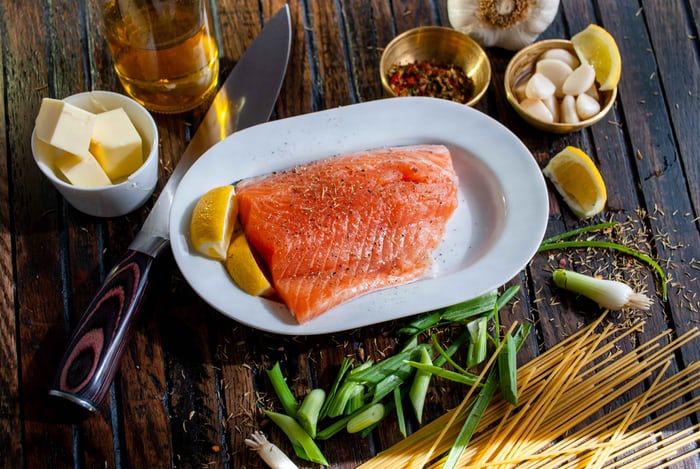
Cod liver oil is a popular supplement. If you don’t like fish, taking cod liver oil can help obtain certain nutrients that are unavailable in other sources. At about 448 IU per teaspoon, it clocks in at a massive 56% of the DV which makes it an excellent source of vitamin D. Cod liver oil is also a source of vitamin A, with 150% of the DV in just one teaspoon (4.9 ml). However, vitamin A can be toxic in high amounts. Therefore, it is essential that you take necessary measures while consuming COD liver oil.
EGGS
While most of the protein in an egg is found in the white, the fat, vitamins, and minerals are found mostly in the yolk.
A typical egg yolk contains 37 IU of vitamin D, or 5% of the DV.
Vitamin D levels in egg yolk depend on sun exposure and the vitamin D content of chicken feed. A study claims that eggs from chickens given vitamin-D-enriched feed may have up to 6,000 IU of vitamin D per yolk. That’s a whopping 7 times the DV.
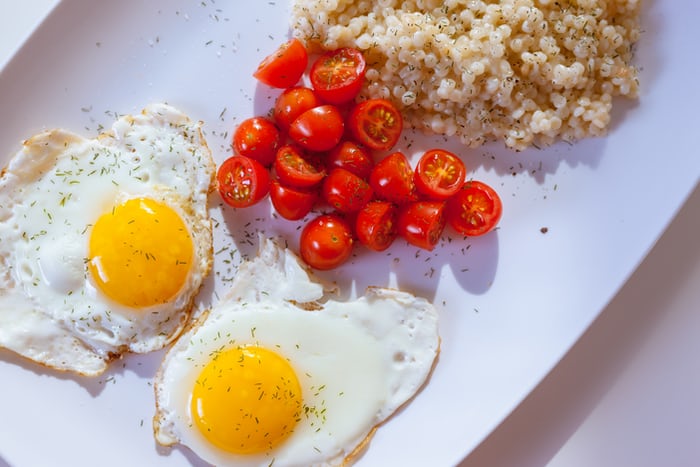
MUSHROOMS
Mushrooms can synthesise vitamin d just like humans can. However mushrooms produce vitamin D2 while animals produce vitamin D3.
Some varieties of wild mushrooms pack up to 2,300 IU per 100-gram serving — nearly three times the DV.
Commercially grown mushrooms on the other hand provides 130-450 IU of vitamin d2 for every 100 grams consumed.

COWS MILK
is also a great source of vitamin D, it contains 115-139 IU per 237ml which is about 15-22% of the DV.
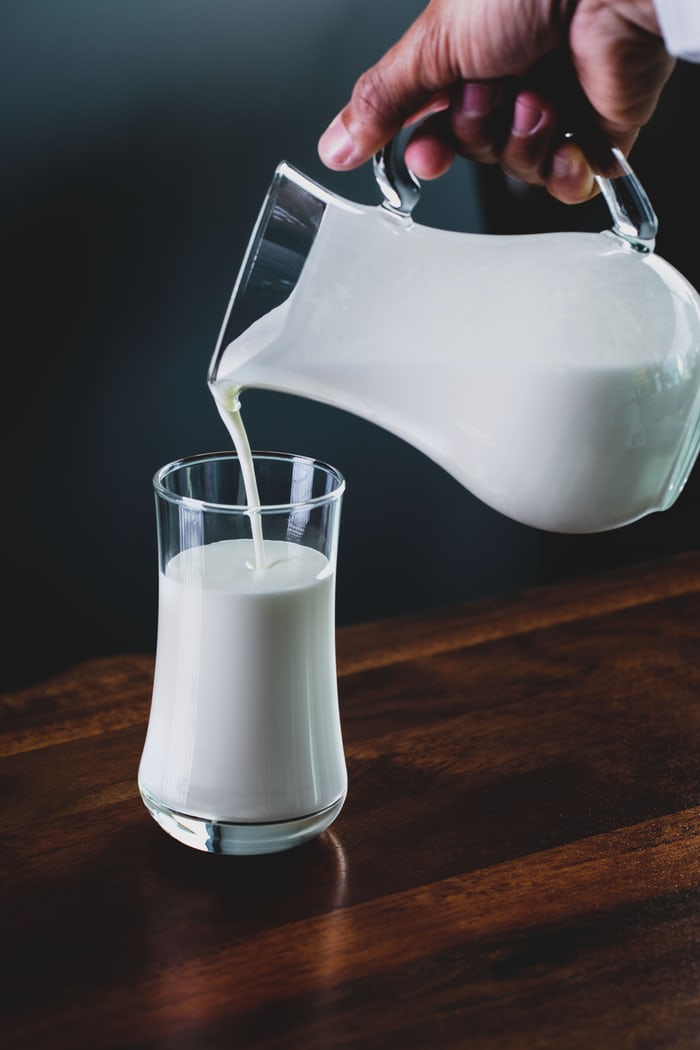
SOY MILK
237ml of soy milk contains 107-117 IU of vitamin D or 13-15% of the DV.
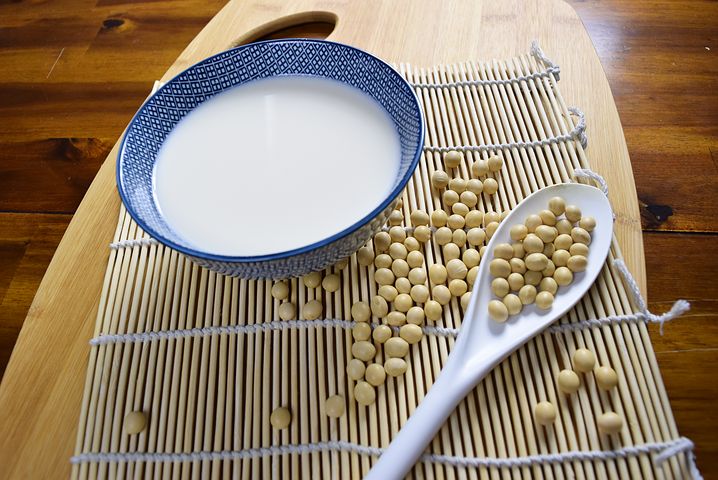
ORANGE JUICE
237 ml of fortified orange juice with breakfast can start your day off with up to 100 IU of vitamin D, or 12% of the DV.
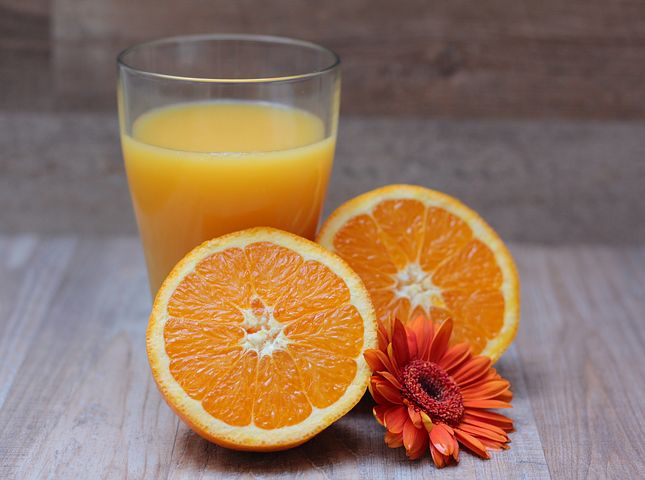
By Harshitha Kumaran





